Jasbir S. Arora0120641550, 9780120641550, 0071001239, 9780071001236
Table of contents :
Cover……Page 1
Half Title Page……Page 2
Title Page……Page 3
Copyright……Page 4
Author Detail……Page 5
Dedication Page……Page 7
Preface……Page 9
Contents……Page 11
1. Introduction to Design……Page 23
1.1 The Design Process……Page 24
1.3 Conventional versus Optimum Design Process……Page 26
1.4 Optimum Design versus Optimal Control……Page 28
1.5 Basic Terminology and Notation……Page 29
2. Optimum Design Problem Formulation……Page 37
2.1 The Problem Formulation Process……Page 38
2.2 Design of a Can……Page 40
2.3 Insulated Spherical Tank Design……Page 42
2.4 Saw Mill Operation……Page 44
2.5 Design of a Two-Bar Bracket……Page 46
2.6 Design of a Cabinet……Page 52
2.7 Minimum Weight Tubular Column Design……Page 54
2.8 Minimum Cost Cylindrical Tank Design……Page 57
2.9 Design of Coil Springs……Page 58
2.10 Minimum Weight Design of a Symmetric Three-Bar Truss……Page 60
2.11 A General Mathematical Model for Optimum Design……Page 63
Exercises for Chapter 2……Page 68
3.1 Graphical Solution Process……Page 77
3.2 Use of Mathematica for Graphical Optimization……Page 82
3.3 Use of MATLAB for Graphical Optimization……Page 86
3.5 Problem with Unbounded Solution……Page 88
3.6 Infeasible Problem……Page 89
3.8 Graphical Solution for a Beam Design Problem……Page 91
Exercises for Chapter 3……Page 94
4. Optimum Design Concepts……Page 105
4.1 Definitions of Global and Local Minima……Page 106
4.2 Review of Some Basic Calculus Concepts……Page 111
4.3 Unconstrained Optimum Design Problems……Page 125
4.4 Constrained Optimum Design Problems……Page 141
4.5 Postoptimality Analysis: Physical Meaning of Lagrange Multipliers……Page 165
4.6 Global Optimality……Page 171
4.7 Engineering Design Examples……Page 180
Exercises for Chapter 4……Page 188
5.1 Alternate Form of KKT Necessary Conditions……Page 197
5.2 Irregular Points……Page 200
5.3 Second-Order Conditions for Constrained Optimization……Page 201
5.4 Sufficiency Check for Rectangular Beam Design Problem……Page 206
Exercises for Chapter 5……Page 207
6. Linear Programming Methods for Optimum Design……Page 213
6.1 Definition of a Standard Linear Programming Problem……Page 214
6.2 Basic Concepts Related to Linear Programming Problems……Page 217
6.3 Basic Ideas and Steps of the Simplex Method……Page 223
6.4 Two-Phase Simplex Method—Artificial Variables……Page 240
6.5 Postoptimality Analysis……Page 250
6.6 Solution of LP Problems Using Excel Solver……Page 265
Exercises for Chapter 6……Page 268
7.1 Derivation of the Simplex Method……Page 281
7.2 Alternate Simplex Method……Page 284
7.3 Duality in Linear Programming……Page 285
Exercises for Chapter 7……Page 297
8. Numerical Methods for Unconstrained Optimum Design……Page 299
8.1 General Concepts Related to Numerical Algorithms……Page 300
8.2 Basic Ideas and Algorithms for Step Size Determination……Page 304
8.3 Search Direction Determination: Steepest Descent Method……Page 315
8.4 Search Direction Determination: Conjugate Gradient Method……Page 318
Exercises for Chapter 8……Page 322
9.1 More on Step Size Determination……Page 327
9.2 More on Steepest Descent Method……Page 332
9.3 Scaling of Design Variables……Page 337
9.4 Search Direction Determination: Newton’s Method……Page 340
9.5 Search Direction Determination: Quasi-Newton Methods……Page 346
9.6 Engineering Applications of Unconstrained Methods……Page 351
9.7 Solution of Constrained Problems Using Unconstrained Optimization Methods……Page 354
Exercises for Chapter 9……Page 357
10. Numerical Methods for Constrained Optimum Design……Page 361
10.1 Basic Concepts and Ideas……Page 362
10.2 Linearization of Constrained Problem……Page 368
10.3 Sequential Linear Programming Algorithm……Page 374
10.4 Quadratic Programming Subproblem……Page 380
10.5 Constrained Steepest Descent Method……Page 385
10.6 Engineering Design Optimization Using Excel Solver……Page 391
Exercises for Chapter 10……Page 395
11.1 Potential Constraint Strategy……Page 401
11.2 Quadratic Programming Problem……Page 405
11.3 Approximate Step Size Determination……Page 410
11.4 Constrained Quasi-Newton Methods……Page 422
11.5 Other Numerical Optimization Methods……Page 429
Exercises for Chapter 11……Page 433
12.1 Introduction to Optimization Toolbox……Page 435
12.2 Unconstrained Optimum Design Problems……Page 437
12.3 Constrained Optimum Design Problems……Page 440
12.4 Optimum Design Examples with MATLAB……Page 442
Exercises for Chapter 12……Page 451
13. Interactive Design Optimization……Page 455
13.1 Role of Interaction in Design Optimization……Page 456
13.2 Interactive Design Optimization Algorithms……Page 458
13.3 Desired Interactive Capabilities……Page 470
13.4 Interactive Design Optimization Software……Page 472
13.5 Examples of Interactive Design Optimization……Page 476
Exercises for Chapter 13……Page 484
14. Design Optimization Applications with Implicit Functions……Page 487
14.1 Formulation of Practical Design Optimization Problems……Page 488
14.2 Gradient Evaluation for Implicit Functions……Page 495
14.3 Issues in Practical Design Optimization……Page 500
14.4 Use of General-Purpose Software……Page 501
14.5 Optimum Design of a Two-Member Frame with Out-of-Plane Loads……Page 503
14.6 Optimum Design of a Three-Bar Structure for Multiple Performance Requirements……Page 505
14.7 Discrete Variable Optimum Design……Page 513
14.8 Optimal Control of Systems by Nonlinear Programming……Page 515
Exercises for Chapter 14……Page 530
15. Discrete Variable Optimum Design Concepts and Methods……Page 535
15.1 Basic Concepts and Definitions……Page 536
15.2 Branch and Bound Methods (BBM)……Page 538
15.3 Integer Programming……Page 543
15.5 Simulated Annealing……Page 544
15.6 Dynamic Rounding-off Method……Page 546
15.8 Methods for Linked Discrete Variables……Page 547
15.9 Selection of a Method……Page 548
Exercises for Chapter 15……Page 549
16. Genetic Algorithms for Optimum Design……Page 553
16.1 Basic Concepts and Definitions……Page 554
16.2 Fundamentals of Genetic Algorithms……Page 556
16.3 Genetic Algorithm for Sequencing-Type Problems……Page 560
16.4 Applications……Page 561
Exercises for Chapter 16……Page 562
17.1 Problem Definition……Page 565
17.2 Terminology and Basic Concepts……Page 568
17.3 Multiobjective Genetic Algorithms……Page 574
17.4 Weighted Sum Method……Page 577
17.6 Weighted Global Criterion Method……Page 578
17.8 Bounded Objective Function Method……Page 580
17.10 Selection of Methods……Page 581
Exercises for Chapter 17……Page 582
18.1 Basic Concepts of Solution Methods……Page 587
18.2 Overview of Deterministic Methods……Page 589
18.3 Overview of Stochastic Methods……Page 594
18.4 Two Local-Global Stochastic Methods……Page 601
18.5 Numerical Performance of Methods……Page 607
Exercises for Chapter 18……Page 610
A.1 Time Value of Money……Page 615
A.2 Economic Bases for Comparison……Page 620
Exercises for Appendix A……Page 626
B.1 Definition of Matrices……Page 633
B.2 Type of Matrices and Their Operations……Page 635
B.3 Solution of n Linear Equations in n Unknowns……Page 640
B.4 Solution of m Linear Equations in n Unknowns……Page 650
B.5 Concepts Related to a Set of Vectors……Page 657
B.6 Eigenvalues and Eigenvectors……Page 664
B.7 Norm and Condition Number of a Matrix……Page 665
Exercises for Appendix B……Page 667
C.1 Single Nonlinear Equation……Page 669
C.2 Multiple Nonlinear Equations……Page 672
Exercises for Appendix C……Page 677
D.1 Equal Interval Search……Page 679
D.3 Steepest Descent Method……Page 682
D.4 Modified Newton’s Method……Page 691
References……Page 697
Bibliography……Page 705
Answers to Selected Problems……Page 709
Index……Page 717
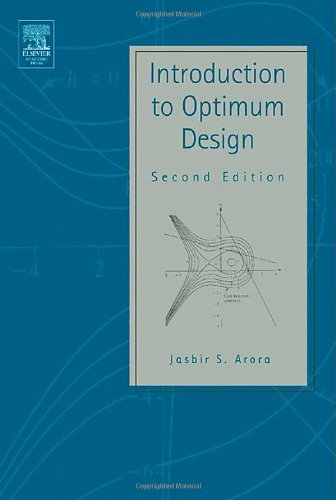

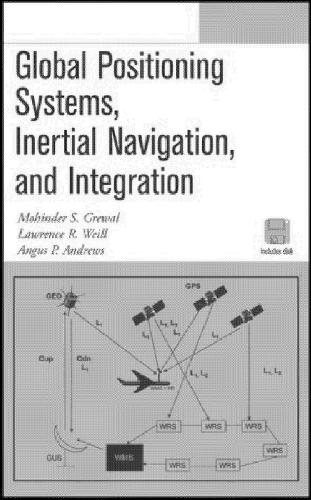
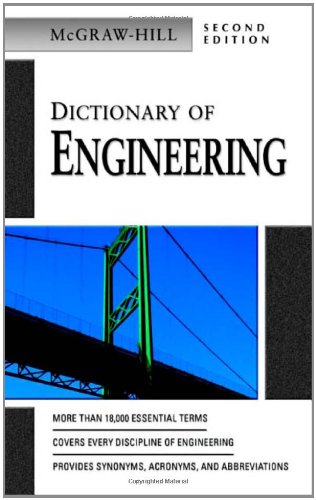
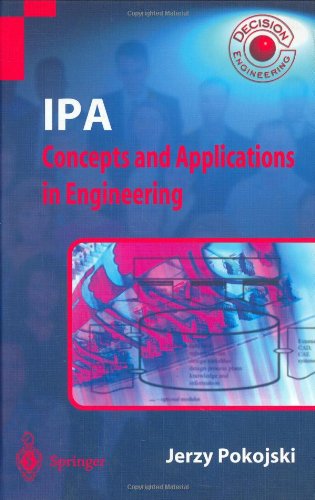
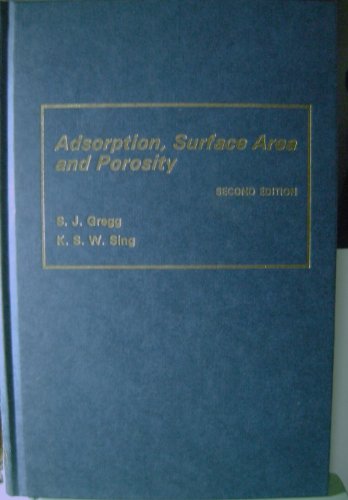
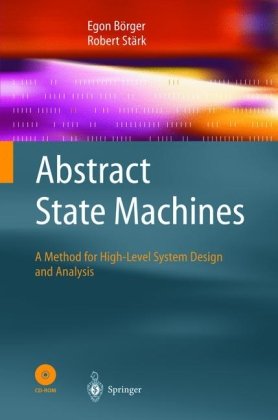
Reviews
There are no reviews yet.